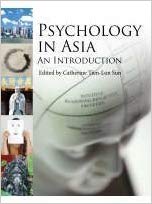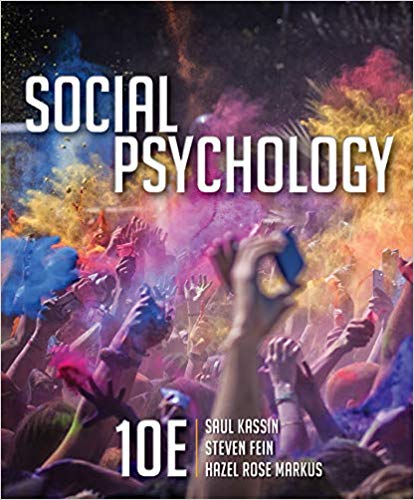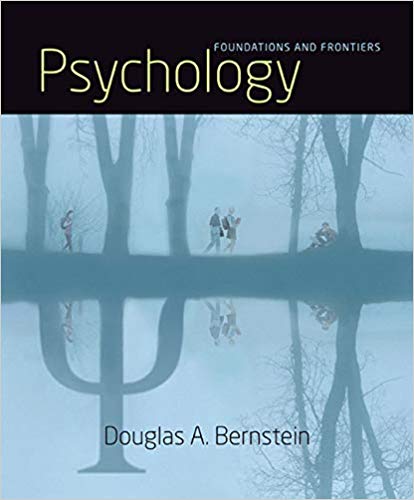Psychology in Asia An Introduction 1st Edition by Catherine Tien – Test Bank
Chapter 5 – Consciousness: How We Perceive and Become Aware of Our World
MULTIPLE CHOICE
5.1 Overview
1. Freud’s famous iceberg analogy suggests that the human mind is
A. fully conscious
B. partially conscious
C. preconscious
D.fully unconscious
Answer: B
5.1 Overview
2. Freud’s psychoanalytic tradition illustrates that _____________ contains the moral values which are both in conscious and subconscious.
A. id
B. ego
C. superego
D.self
Answer: C
5.1 Overview
3. _____________ studies have shown that neuronal information processing about conscious, voluntary actions precedes the actual actions.
A. Animal
B. Lesion
C. Functional imaging
D.all of the above
Answer: C
5.1 Overview
4. ___________ is generally a prerequisite of awareness.
A. Attention
B. Perception
C. Intention
D.Cognition
Answer: A
5.1 Overview
5. The process of understanding information around us is known as
A. attention
B. perception
C. intention
D.retention
Answer: B
5.2 Conscious Experience
6. Which of the following is NOT one of the outcomes of Signal Detection Theory?
A. hit
B. miss
C. absent
D.false alarm
Answer: C
5.2 Conscious Experience
7. Broadbent (1958) proposed the ____________ to describe a selection filter before the information is processed to its meaning level.
A. Early Filter Model
B. Signal Detection Theory
C. Attenuation Model
D.Attentional-Resources Theory
Answer: A
5.2 Conscious Experience
8. Which of the following cannot be explained by the Early Filter Model?
A. dichotic listening experiments
B. cocktail party effect
C. divided attention
D.all of the above
Answer: D
5.2 Conscious Experience
9. The ________________ proposed that unattended information is weakened, thus only a small portion of it is processed.
A. Early Filter Model
B. Signal Detection Theory
C. Attenuation Model
D.Attentional-Resources Theory
Answer: C
5.2 Conscious Experience
10. _________________ explains how divided attention can occur.
A. Early Filter Model
B. Signal Detection Theory
C. Attenuation Model
D.Attentional-Resources Theory
Answer: D














Reviews
There are no reviews yet.